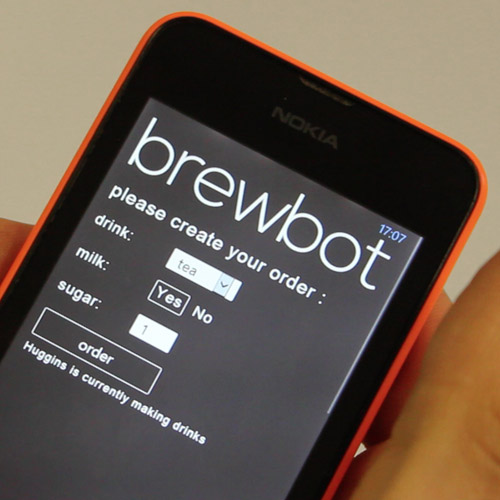Prototyping an Experience
A look at the ‘Internet of Things’ and how it can help in improving almost any existing service or product.
There are countless Hubs and sensor families all providing smart home services, hundreds of objects that glow in an abstract way suggesting embedded ‘smarts’ and all manner of wearables that define themselves by not being clothing..
Even more interesting is that we all use the required technologies in our daily lives – the networks, the wireless technologies, the key fobs, identity cards, PIR’s, smartphones, sat nav, and so on… None of this is new technology, none of it requires a manufacturing plant to come on line – yet the market hasn’t really grown as fast as many had hoped for. Like many innovations, I think the greatest challenge is at the point of benefit, and of usefulness to a person. Alloy over the years has itegrated a large amount of innovation into projects for clients
How does greater interconnectedness through technology enhance a persons’ life ?
We at Alloy often describe technology as analogous to Lego – a set of parts that are interchangeable to achieve a desired outcome. This perspective is important as it means that our first and greatest challenge is to always look at peoples’ behaviour to inform and direct our solutions, and to then build the technology required to deliver the desired result.
Historically we have made prototypes that look like a device (appearance models) and prototypes to test functionality (mechanisms, apertures etc.) We also have also helped to build functional prototypes where the two are combined.
More recently our challenge has been to prototype experiences – more than a model, more than a wireframe – we are trying to predict behavioural outcomes using a varying mix of digital & physical media. It is challenging, but we have found it very useful. In fact, the process itself is very similar to the ‘classical’ Industrial Design iterative process of sketching & model making, but using sketch technology alongside to test our assumptions and ideas. See our full portfolio of projects on our work page.
We’ve been asking ourselves what we would want to test & build, and we found out that this was the wrong question. Lego is literally translated as ‘Play Well’. It is a toy created to teach children fundamental principles of interconnectedness, construction, and perhaps most importantly collaboration. This is exactly what we need to be doing. To use a cliché, it’s about the journey not the destination.
We recently had a little bit of an exploration that we eventually called ‘The Internet of Tea’ – it has been described before here, but I thought that the reasons for the project are worth further emphasis.






